12 Essential Fireplace Maintenance Tips That Everyone Should Know (Your Fire Safety Depends on #3!)
A fireplace brings warmth, beauty, and a cozy atmosphere to any home. Yet, maintaining it properly is essential for safety and longevity.
In this article, we’ll share twelve must-know fireplace maintenance tips that will keep your hearth in top shape and ensure your home remains safe. From cleaning to inspection, these tips will help you enjoy the comfort of your fireplace without worry.
Get ready to learn how to protect your home and your loved ones with easy upkeep practices that make a big difference. Let’s spark some safety and style in your living space!
Contents
- 1. Regular Cleaning is Key
- 2. Inspect Your Chimney Annually
- 3. Check for Drafts
- 4. Use Quality Firewood
- 5. Use a Fireplace Screen
- 6. Ensure Proper Ventilation
- 7. Install Carbon Monoxide Detectors
- 8. Check for Signs of Damage
- 9. Store Firewood Properly
- 10. Avoid Burning Trash or Treated Wood
- 11. Schedule Professional Maintenance
- 12. Know Your Fireplace Type
1. Regular Cleaning is Key
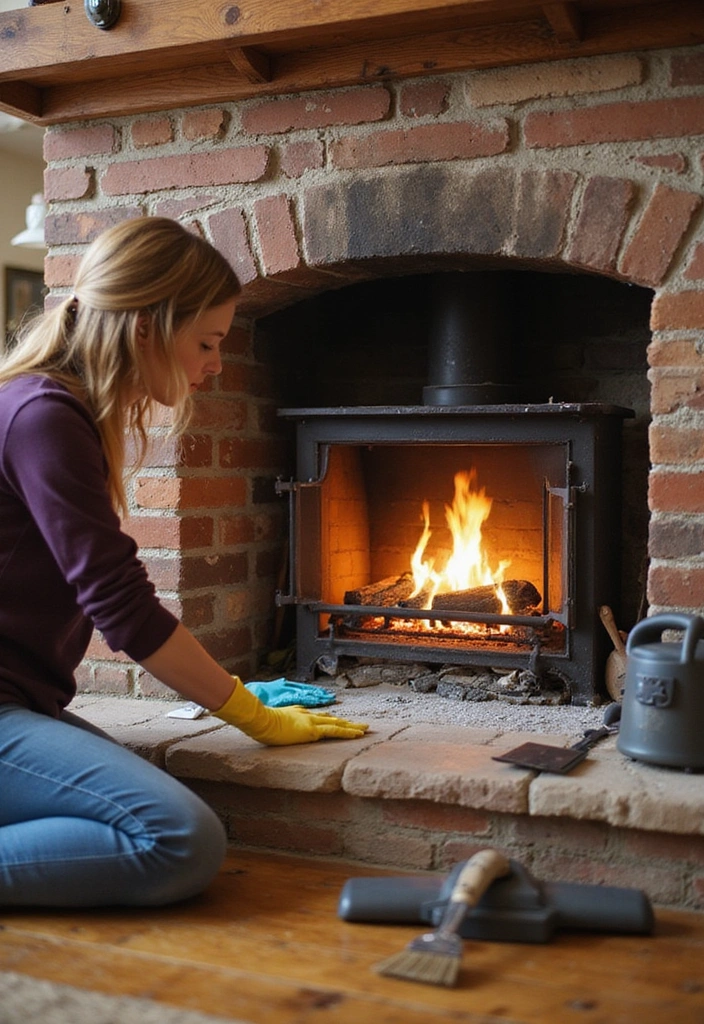
Keeping your fireplace clean is crucial for both safety and functionality. Dust, soot, and creosote can build up over time, posing a fire hazard and affecting air quality.
Start by removing ashes after each use. Use a metal container to store them safely away from your home. A thorough clean should be done at least once a year, ideally before the winter season.
Consider using a specialized fireplace cleaning kit that includes brushes and tools tailored for your fireplace type. Don’t forget to clean the glass doors and surrounding areas to maintain a pleasant aesthetic.
Here are some tips for effective cleaning:
– Use a vacuum with a HEPA filter to tackle ash and soot.
– Wear a mask and gloves to protect yourself from dust and debris.
– Clean the chimney to prevent blockages and ensure proper ventilation.
With regular cleaning, your fireplace will be ready to provide warmth and comfort without the worries of smoke or soot buildup.
2. Inspect Your Chimney Annually
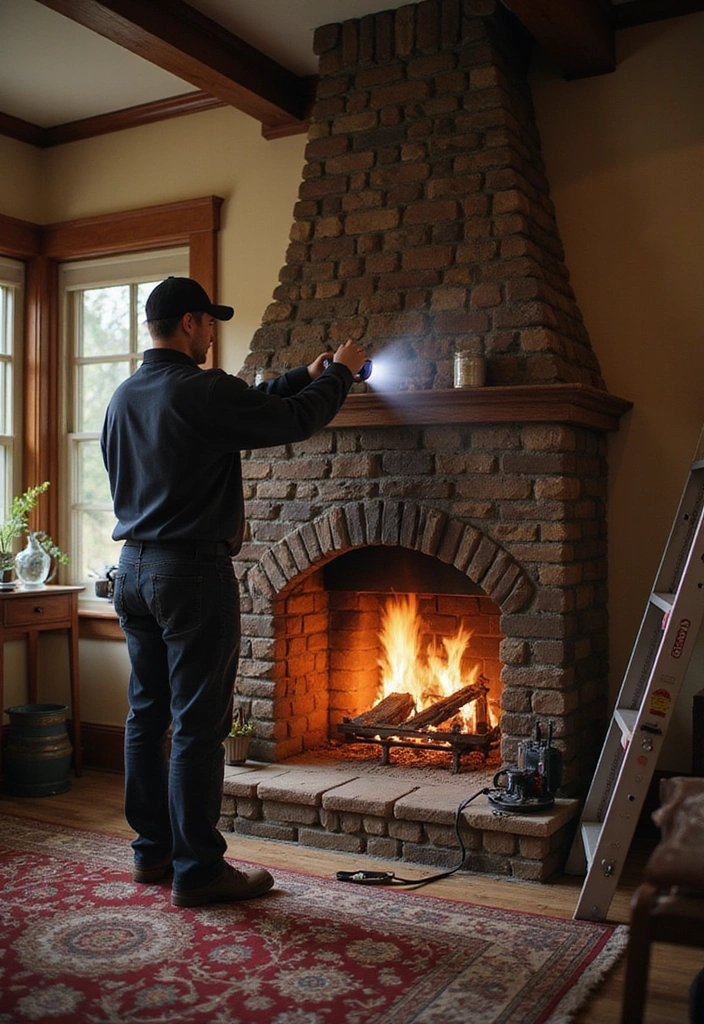
Regular chimney inspections can identify potential hazards before they become serious issues. Cracks, blockages, and creosote buildup are common problems that can lead to chimney fires.
Hire a certified chimney sweep to perform a thorough inspection each year. They will check for structural issues, blockages, and ensure your flue is working correctly. This is especially important if you use your fireplace frequently.
Here’s what to look out for during an inspection:
– Look for signs of soot buildup.
– Check for cracks or damage in the chimney structure.
– Ensure that the flue cap is intact and functional.
An annual inspection not only keeps your fireplace safe but can also enhance its efficiency, making sure that it burns cleanly and effectively.
3. Check for Drafts
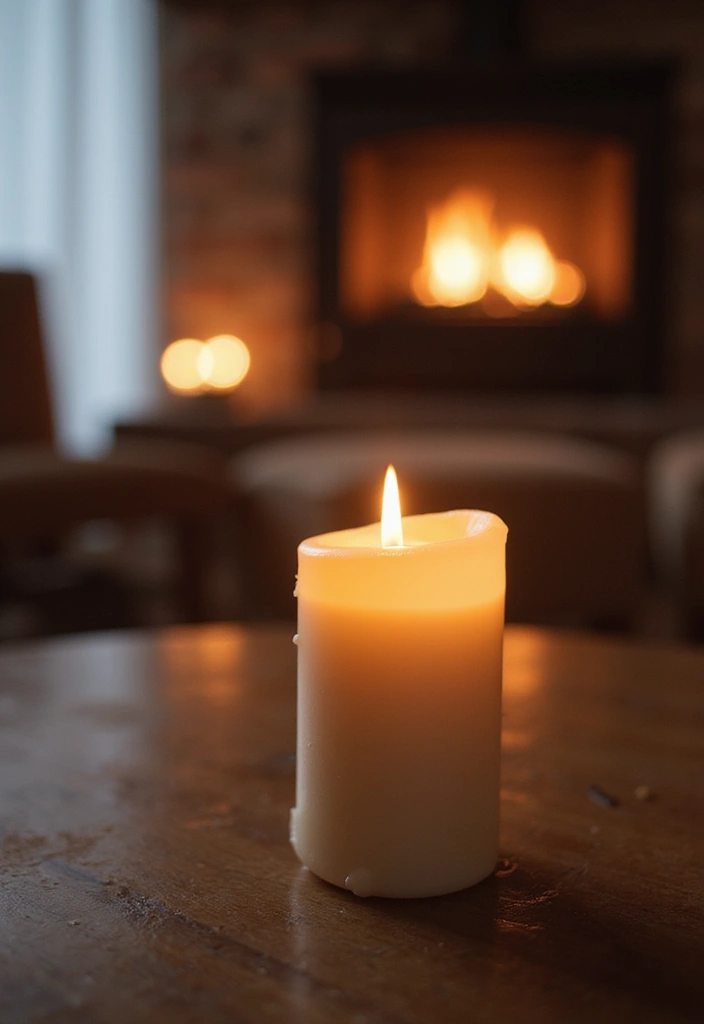
Air leaks around your fireplace can lead to higher energy bills and decreased efficiency. Checking for drafts is an essential part of fireplace maintenance.
To assess drafts, light a candle near the fireplace when it’s not in use. If the flame flickers or goes out, you might have a draft issue. Seal any gaps with caulk or weatherstripping to improve efficiency and comfort.
Here are a few tips to manage drafts:
– Use a fireplace plug or draft stopper when the fireplace is not in use.
– Install glass doors to minimize heat loss.
– Ensure your chimney damper is working properly to control airflow.
By addressing drafts, you can create a more energy-efficient home while enjoying the beauty of your fireplace.
4. Use Quality Firewood

The type of firewood you use can significantly impact how your fireplace performs. Quality firewood burns hotter and cleaner, reducing smoke and creosote buildup.
Hardwoods like oak, hickory, and maple are ideal choices. These woods are denser and provide a longer burn time, while softwoods like pine can produce more soot and creosote. Always ensure the wood is seasoned for at least six months to a year before burning.
Tips for using quality firewood:
– Store your firewood in a dry, covered location to keep it seasoned.
– Avoid burning treated or painted wood, as these can emit harmful chemicals.
– Utilize a firewood rack to keep wood off the ground and allow airflow.
By choosing the right firewood, you enhance the efficiency of your fireplace while reducing maintenance needs.
5. Use a Fireplace Screen
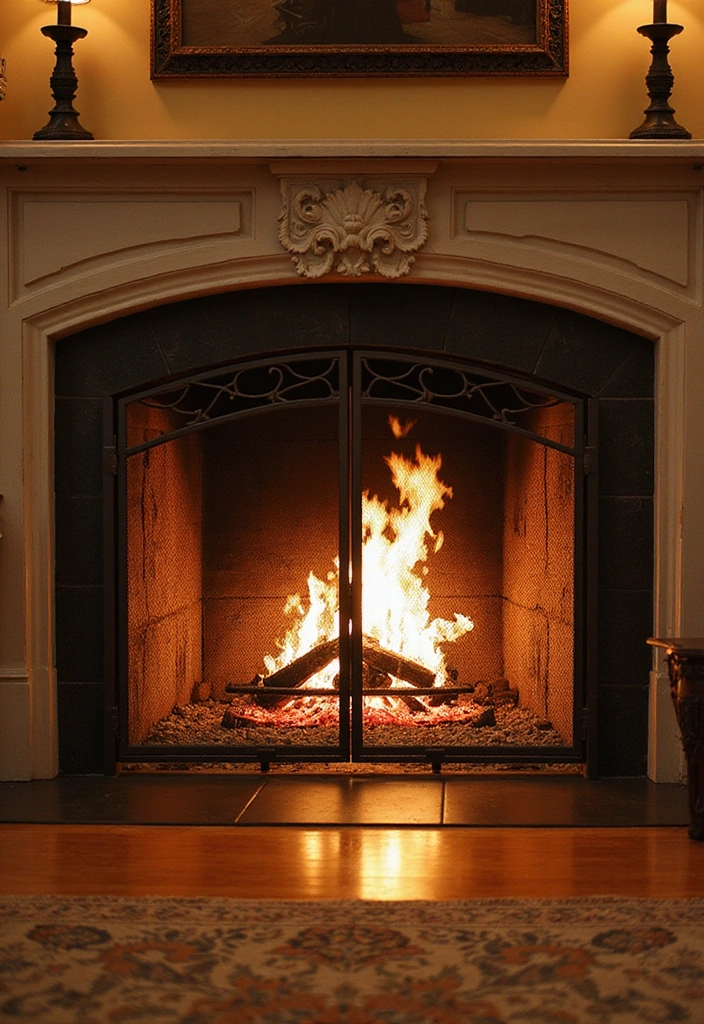
A fireplace screen is not just a decorative accessory; it serves a vital safety purpose. It prevents sparks and embers from escaping, protecting your home and loved ones.
Choose a screen that complements your decor while being sturdy enough to withstand high temperatures. Options range from decorative mesh to solid glass, each providing a different aesthetic.
Here’s why a fireplace screen is essential:
– It enhances safety by containing sparks.
– It adds a stylish touch to your fireplace design.
– It helps keep pets and children at a safe distance from the flames.
Investing in a quality fireplace screen is a simple yet effective way to upgrade your fireplace’s safety and design.
6. Ensure Proper Ventilation
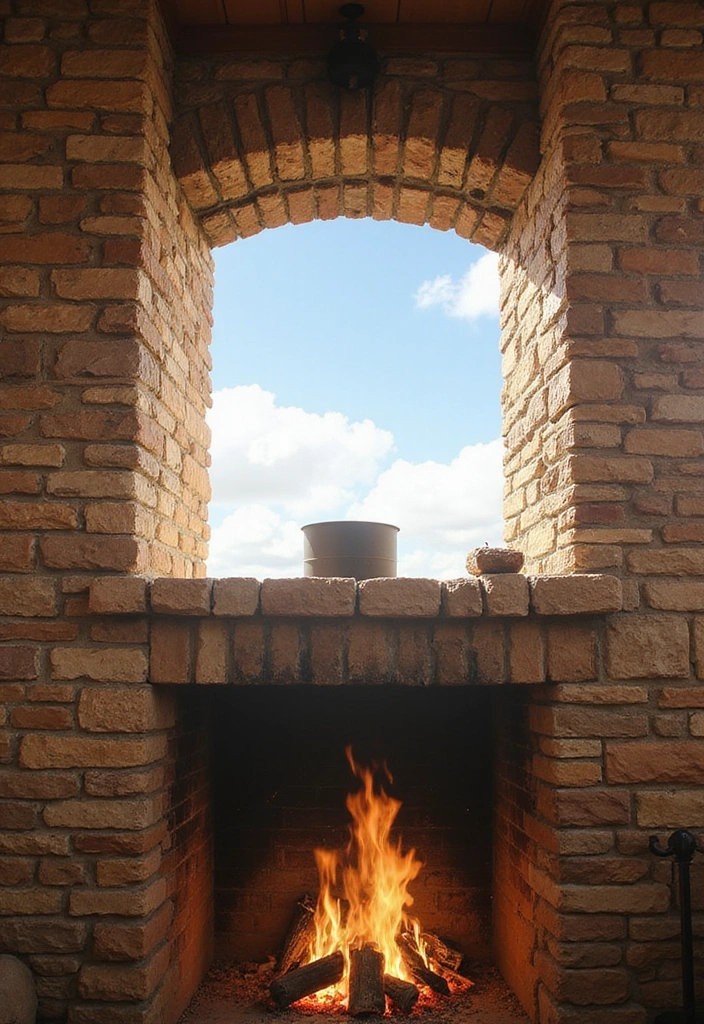
Good ventilation is crucial for a safe and effective fireplace. Proper airflow allows smoke to escape and fresh air to enter, ensuring a clean burn.
Check that your chimney is free from blockages and that the flue opens and closes easily. A blocked chimney can lead to dangerous smoke buildup and carbon monoxide exposure.
Here are some ventilation tips to keep in mind:
– Open the damper fully before starting a fire.
– Ensure windows in the same room are slightly open to promote airflow.
– Regularly check for debris or nests in the chimney.
By maintaining proper ventilation, you keep your fireplace safe while enjoying its warmth and charm.
7. Install Carbon Monoxide Detectors
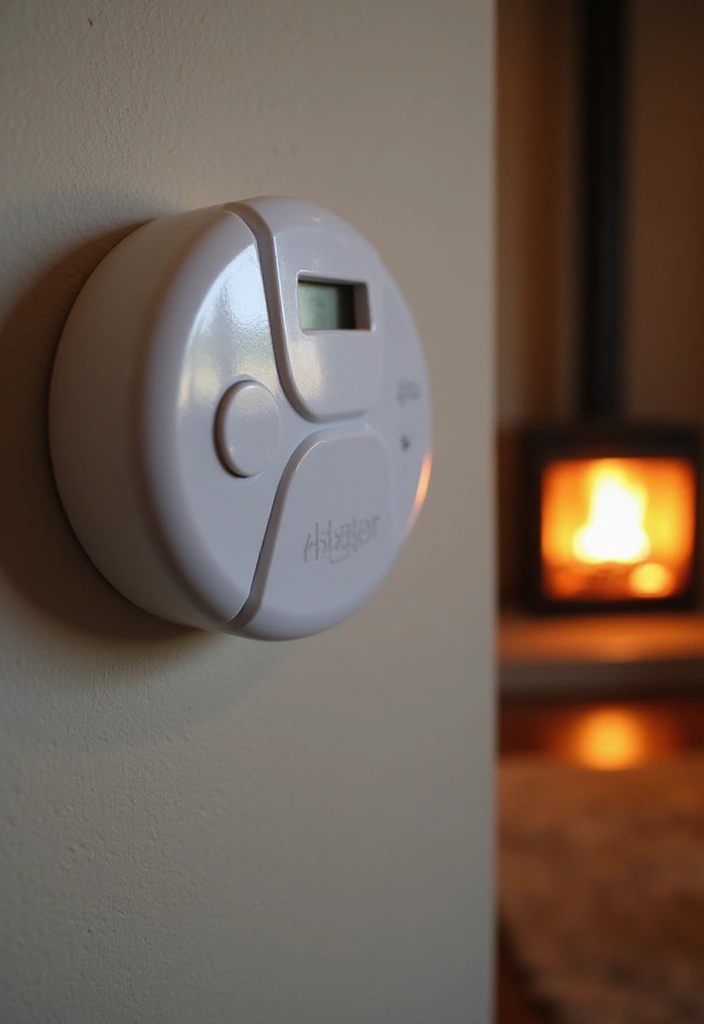
Carbon monoxide is a silent killer, making it essential to have detectors in your home, especially if you use a fireplace.
Place these detectors near the fireplace and in sleeping areas to ensure maximum safety. Regularly check and replace the batteries to keep them functioning properly.
Here’s why installing carbon monoxide detectors is vital:
– They alert you to dangerous gas levels before they become life-threatening.
– Many models come with digital displays for easy monitoring.
– Some detectors also include smoke detection for comprehensive safety.
Investing in quality carbon monoxide detectors is a small price to pay for peace of mind.
8. Check for Signs of Damage
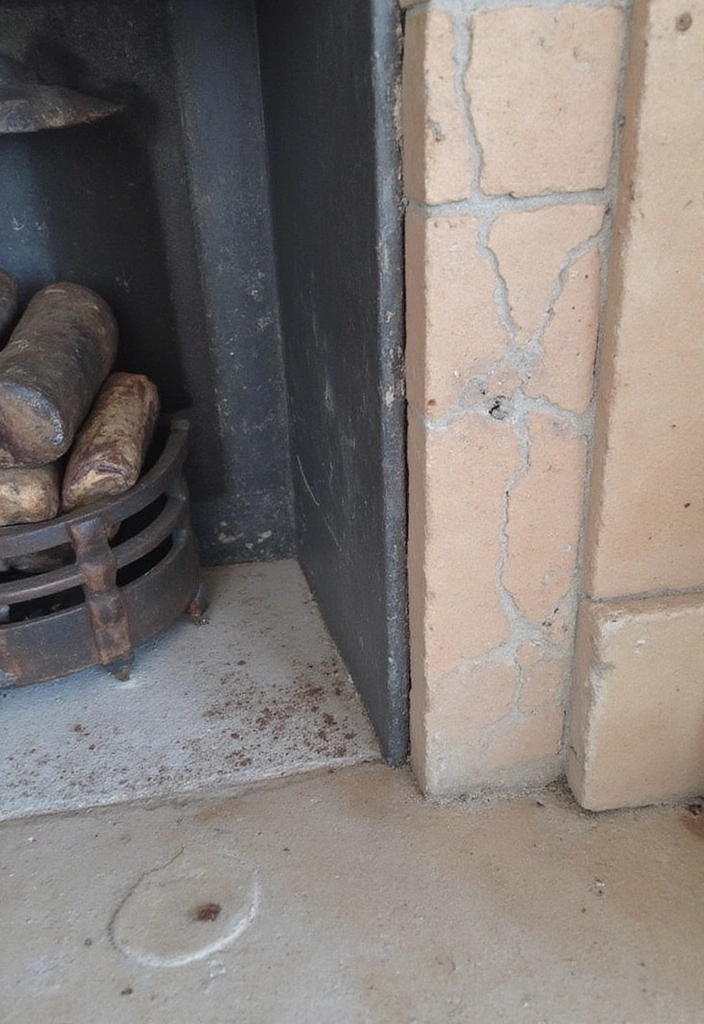
Regularly inspect your fireplace and chimney for signs of damage. Cracks, loose bricks, or signs of water damage can indicate serious problems that need immediate attention.
Look for:
– Cracks in the mortar or bricks.
– Rust on metal components.
– Water stains on the exterior or interior.
Addressing these issues promptly can prevent costly repairs and enhance the safety of your fireplace. If you spot any significant damage, it’s best to consult a professional for repairs.
Maintaining your fireplace’s structure is key to ensuring it lasts for years while keeping your home safe.
9. Store Firewood Properly
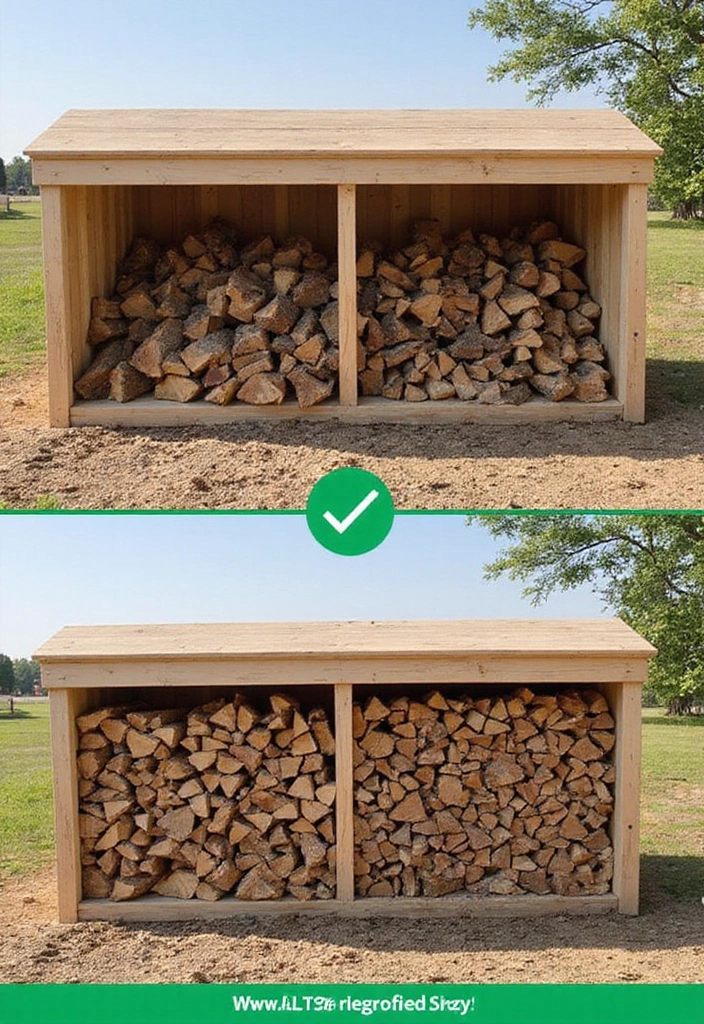
How you store firewood can affect your fireplace’s performance. Firewood should be stored in a dry area, elevated off the ground to keep it from absorbing moisture.
Use a firewood rack or a covered area that allows for airflow. Avoid stacking wood against the house, as this can attract pests and moisture.
Consider these tips for proper firewood storage:
– Stack wood in a way that allows air circulation.
– Keep wood covered but allow for ventilation to prevent rot.
– Rotate your wood supply to use older wood first.
Proper storage means you’ll always have dry, ready-to-burn wood at your fingertips.
10. Avoid Burning Trash or Treated Wood
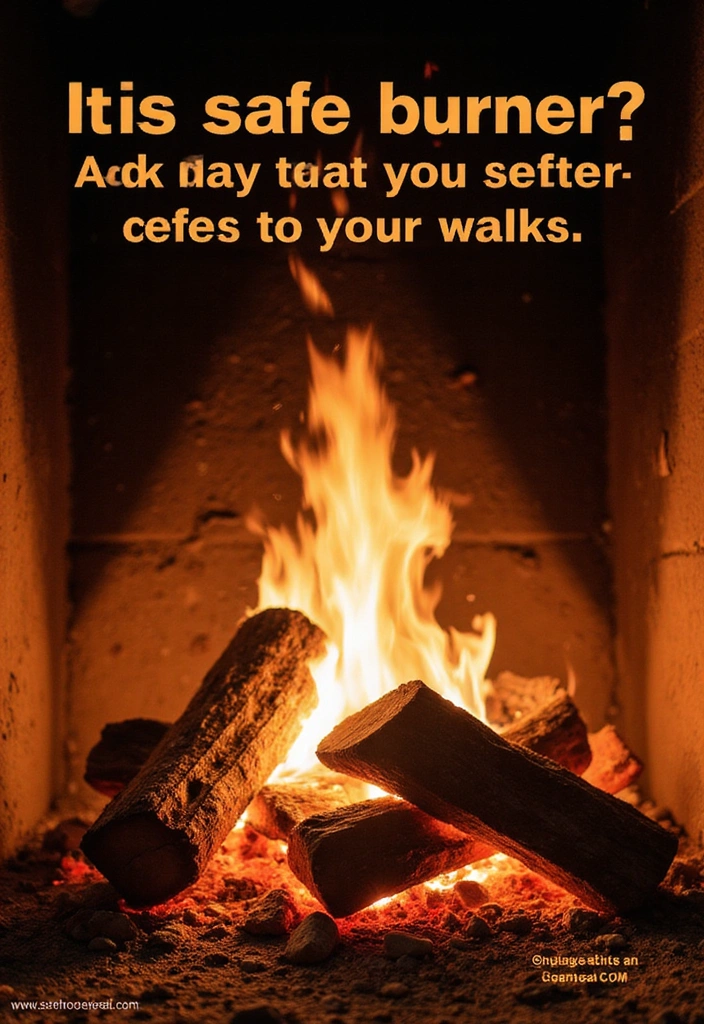
Burning non-wood materials can release harmful chemicals into your home. Trash, treated wood, and plastics can emit toxic fumes, compromising your safety and health.
Always use clean, seasoned firewood for your fireplace. Here’s what to avoid:
– Household trash, including paper and cardboard.
– Treated or painted wood, which can release harmful toxins.
– Softwoods that produce more soot.
By burning only suitable materials, you not only protect your health but also maintain the integrity of your fireplace.
11. Schedule Professional Maintenance
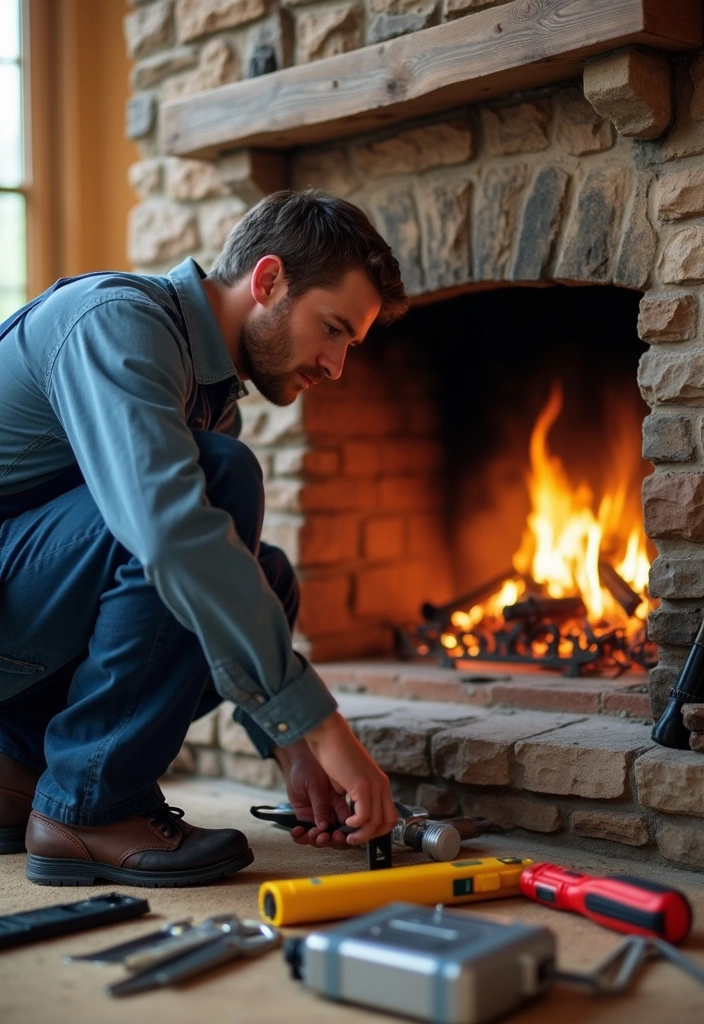
Scheduling professional maintenance for your fireplace is one of the best ways to ensure it remains safe and efficient. A qualified technician can perform a thorough inspection and address any potential issues.
During a professional service, they will check the chimney, clean the flue, and inspect for any structural problems. This proactive approach can prevent costly repairs down the line.
Consider these benefits of professional maintenance:
– Peace of mind knowing your fireplace is safe.
– Increased efficiency in burning.
– Extended lifespan of your fireplace.
Regular maintenance should be part of your fireplace care routine, ensuring many cozy winters to come.
12. Know Your Fireplace Type

Understanding the type of fireplace you have is essential for proper maintenance. Whether it’s wood-burning, gas, or electric, each type has specific care needs.
For instance, wood-burning fireplaces require regular cleaning and inspections, while gas fireplaces need checks for leaks and proper ventilation. Electric fireplaces are easier to maintain but still need occasional dusting and checking of electrical components.
Here’s a quick guide:
– Wood-burning: Regular cleaning and inspections needed.
– Gas: Check for leaks and ventilation.
– Electric: Dust and check electrical systems.
Knowing your fireplace type ensures you follow the right maintenance protocols, keeping your home safe and cozy.
Conclusion

Maintaining your fireplace is crucial for safety and efficiency. By following these essential tips, you can enjoy the warmth and beauty of your fireplace without worry.
Take the time to implement these practices and ensure your fireplace is always in top shape. Your home, safety, and comfort depend on it!

